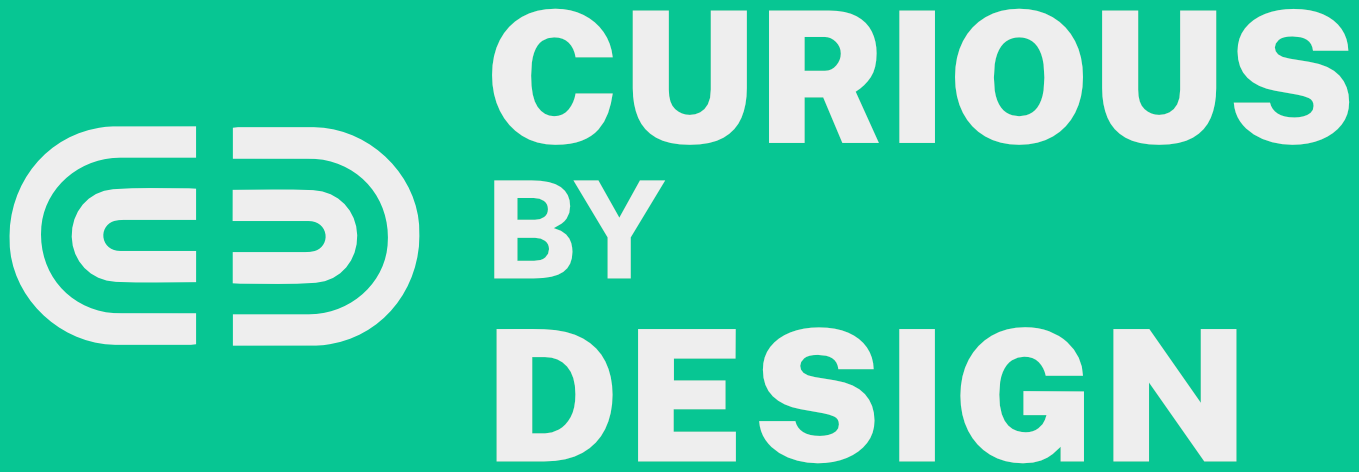The Paradox of Choice
More choices, less happiness. The paradox of choice explains why freedom can feel like a burden.

In today's consumer-driven society, the abundance of choices is often celebrated as a hallmark of freedom and personal autonomy. From the myriad brands of cereal lining supermarket shelves to the endless array of streaming content at our fingertips, the modern individual is inundated with options. However, psychological research suggests that this proliferation of choices may not be as beneficial as it seems. In fact, an excess of options can lead to anxiety, decision paralysis, and decreased satisfaction—a phenomenon known as the "paradox of choice."
Understanding the Paradox of Choice
The term "paradox of choice" was popularized by psychologist Barry Schwartz in his 2004 book, The Paradox of Choice: Why More Is Less. Schwartz argues that while some choice is undoubtedly better than none, an overabundance of options can be detrimental to our psychological well-being. He posits that when faced with too many choices, individuals may experience increased anxiety, indecision, and dissatisfaction.
One of the most immediate consequences of too many choices is what Schwartz calls choice paralysis. This refers to the overwhelming feeling that arises when the sheer number of options makes it difficult to make any decision at all. Instead of feeling empowered by the variety, people become stuck in the analysis process, fearing that any decision may be the wrong one. This indecisiveness often results in no choice being made whatsoever. In retail settings, for instance, shoppers might leave without buying anything, not because nothing appealed to them, but because everything seemed equally plausible—or equally flawed.
Even when individuals do manage to make a choice, they often experience decreased satisfaction with that choice. The logic is deceptively simple: with more options available, the standard for what qualifies as a “good” choice rises. Once a decision is made, people may fixate on the alternatives they didn’t choose, wondering if those might have been better. This second-guessing erodes the satisfaction they could otherwise feel. In a strange twist, more options increase the likelihood of finding something that meets one’s needs, yet simultaneously undermine the enjoyment of the selected option.
Alongside this dissatisfaction comes a natural byproduct: increased expectations. The more choices one has, the more likely it is that one of them will be nearly perfect—at least in theory. This elevation in expectations is subtle but powerful. If the chosen product, job, or experience fails to live up to this inflated benchmark, the disappointment hits harder. When expectations are high, even satisfactory outcomes can feel like failures. Rather than appreciating what we have, we’re haunted by the belief that something better was within reach.
Perhaps most damaging of all is the tendency toward self-blame when a decision fails to deliver happiness. In situations with limited choices, it's easier to attribute a poor outcome to external limitations. But when the options are abundant, and we still end up dissatisfied, we often direct the blame inward. “I should have known better,” we tell ourselves. “I picked the wrong one.” This internalization of failure leads to feelings of incompetence and regret, further diminishing our well-being. The freedom of choice becomes a burden of responsibility.
These factors—choice paralysis, decreased satisfaction, inflated expectations, and self-blame—collectively contribute to the paradox wherein more choices lead to less happiness. Schwartz’s insight challenges the assumption that more is always better and urges us to rethink how we approach decisions in an era defined by abundance.
Psychological Mechanisms Behind the Paradox
To comprehend why an abundance of choice can be detrimental, it's essential to delve into the psychological mechanisms at play.
Cognitive Overload and Decision Fatigue
The human brain has a limited capacity for processing information. When confronted with numerous options, the cognitive effort required to evaluate each one can be overwhelming. This cognitive overload can lead to decision fatigue, a state where the quality of decisions deteriorates after an extended period of decision-making. Decision fatigue can result in impulsive choices, avoidance of decision-making altogether, or reliance on simplistic heuristics that may not lead to the best outcomes.
Anticipated Regret and Opportunity Costs
With more options available, individuals may become preoccupied with the potential regret of not choosing the "best" option. This anticipated regret can make the decision-making process more stressful and less satisfying. Additionally, each choice carries an opportunity cost—the benefits of the alternatives that were not selected. As the number of options increases, so does the awareness of these opportunity costs, further diminishing satisfaction with the chosen option.
Maximizers vs. Satisficers
Schwartz distinguishes between two types of decision-makers: maximizers and satisficers. Maximizers strive to make the optimal choice by exhaustively examining all options, while satisficers settle for a choice that meets their criteria for adequacy. Research indicates that maximizers are more prone to the negative effects of excessive choice, experiencing higher levels of regret and lower levels of happiness compared to satisficers.
Empirical Evidence Supporting the Paradox
Numerous studies have provided empirical support for the paradox of choice. One of the most cited experiments is the "jam study" conducted by psychologists Sheena Iyengar and Mark Lepper. In this study, shoppers were presented with either a limited selection (6 varieties) or an extensive selection (24 varieties) of jam samples. While more shoppers were attracted to the extensive selection, those who encountered the limited selection were significantly more likely to make a purchase. This finding suggests that too many choices can hinder decision-making and reduce purchase likelihood.
Further research has explored the impact of choice overload in various domains, including retirement plans, healthcare options, and consumer electronics. For instance, a study on retirement savings plans found that as the number of investment options increased, employee participation decreased. The complexity of choices led to decision paralysis, resulting in lower enrollment rates.
Strategies to Mitigate the Negative Effects of Excessive Choice
While the modern world is unlikely to reduce the number of choices available, individuals can employ strategies to navigate choice overload more effectively. By being more deliberate and self-aware in our decision-making, we can reduce stress and reclaim the sense of satisfaction that abundance often erodes.
One of the most effective strategies is to embrace satisficing over maximizing. Satisficers make decisions by identifying a set of criteria that meets their needs and selecting the first option that fulfills them. This approach contrasts with maximizing, where the goal is to find the absolute best choice, often through exhaustive comparison and analysis. Embracing satisficing means letting go of the idea that there’s a single perfect option out there. It allows individuals to conserve mental energy and avoid the trap of endless deliberation. Instead of obsessing over marginal differences, satisficers focus on adequacy, which often results in greater contentment and lower levels of regret.
Another helpful tactic is to set personal boundaries on decision-making. This might involve limiting the number of options you’ll consider before making a choice, or establishing time limits to prevent endless deliberation. For instance, when shopping online, one might decide to compare no more than three models of a product before making a purchase. Boundaries serve as psychological guardrails, narrowing the field and creating a structure within which decisions can be made more comfortably. These constraints are self-imposed, but they restore a sense of control and reduce the mental toll that accompanies open-ended choices.
Developing a deeper sense of self-awareness and values clarity can also help buffer the negative effects of abundant options. When we understand what truly matters to us—our priorities, preferences, and long-term goals—we become less susceptible to distractions and less overwhelmed by superficial differences between choices. For example, someone who values environmental sustainability can use that principle to filter choices when shopping, automatically excluding options that don’t align with their values. This approach reduces the cognitive load by eliminating irrelevant alternatives and brings a sense of purpose into the decision-making process. In essence, values act as a compass, directing attention toward meaningful criteria rather than an endless comparison of features.
Finally, practicing gratitude and reframing can help individuals feel more satisfied with the choices they do make. Instead of ruminating over what could have been, it helps to actively focus on what is going well with the chosen option. Gratitude is a powerful psychological tool—it shifts attention away from regret and toward appreciation. This can be done through small rituals, like journaling about the benefits of your decision or sharing it with others in a positive light. Reframing involves consciously telling a different story about the choice—choosing to see it not as “the one I settled for,” but as “the one that works for me right now.” This shift in mindset helps counteract the dissatisfaction and self-blame that often accompany abundant choices.
While modern life is unlikely to offer fewer options, how we approach them can make all the difference. By developing decision-making habits that prioritize sufficiency over perfection, setting limits, aligning with core values, and nurturing gratitude, we can soften the sharp edges of abundance. The goal isn’t to eliminate choice, but to reclaim agency within it.
We often associate choice with freedom, and freedom with happiness. This connection is deeply woven into the fabric of modern life, reinforced by cultural narratives that promise fulfillment through customization, autonomy, and endless options. But as the paradox of choice reveals, more is not always better. In fact, when taken to extremes, the abundance of choice can become a burden—one that leaves us anxious, dissatisfied, and stuck in the perpetual loop of “what if.”
Barry Schwartz’s research and the growing body of evidence that supports it force us to confront a difficult truth: we are not always equipped to handle the cognitive and emotional demands of excessive choice. The psychological mechanisms behind our discomfort—choice paralysis, rising expectations, regret, and self-blame—are not signs of weakness but natural human responses to an environment of overwhelming complexity.
The good news is that we are not powerless in the face of too much. By understanding how our minds respond to abundance, we can design better systems, make smarter decisions, and reduce the mental clutter that comes with constant comparison. We can choose to set limits, to focus on what matters, to accept “good enough,” and to let go of the illusion that perfection is just one more decision away.
Ultimately, the paradox of choice isn’t a call to eliminate freedom—it’s a call to rethink it. True freedom may lie not in having every option, but in knowing how to navigate the ones we have. In a world that constantly tells us to want more, the most liberating act might be to want less, and to choose with clarity, purpose, and peace of mind.





